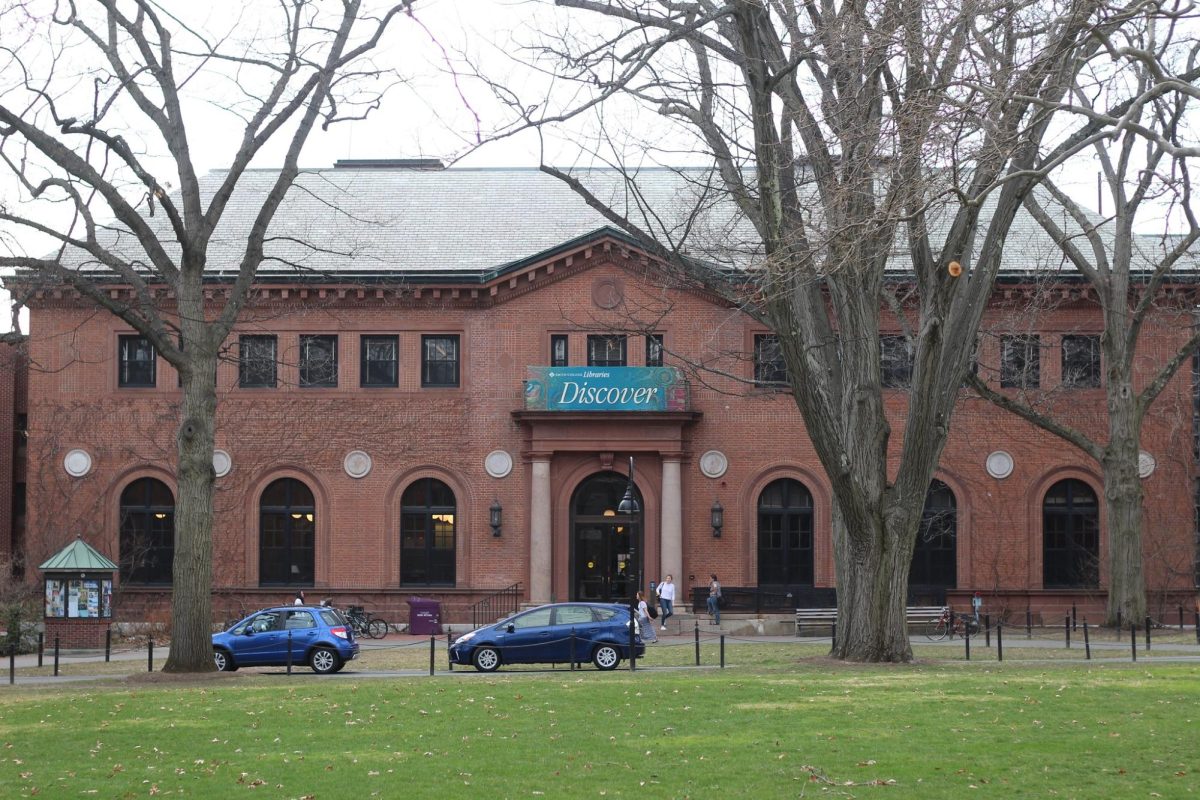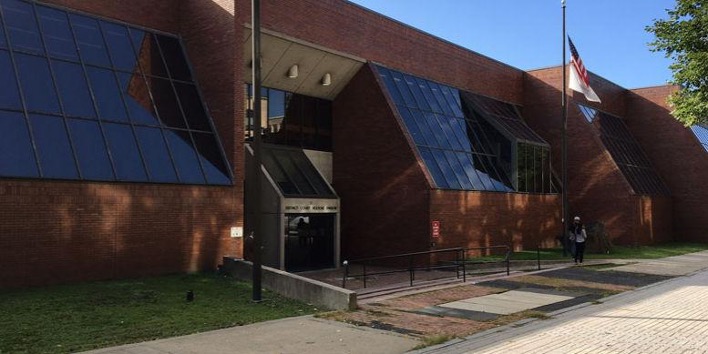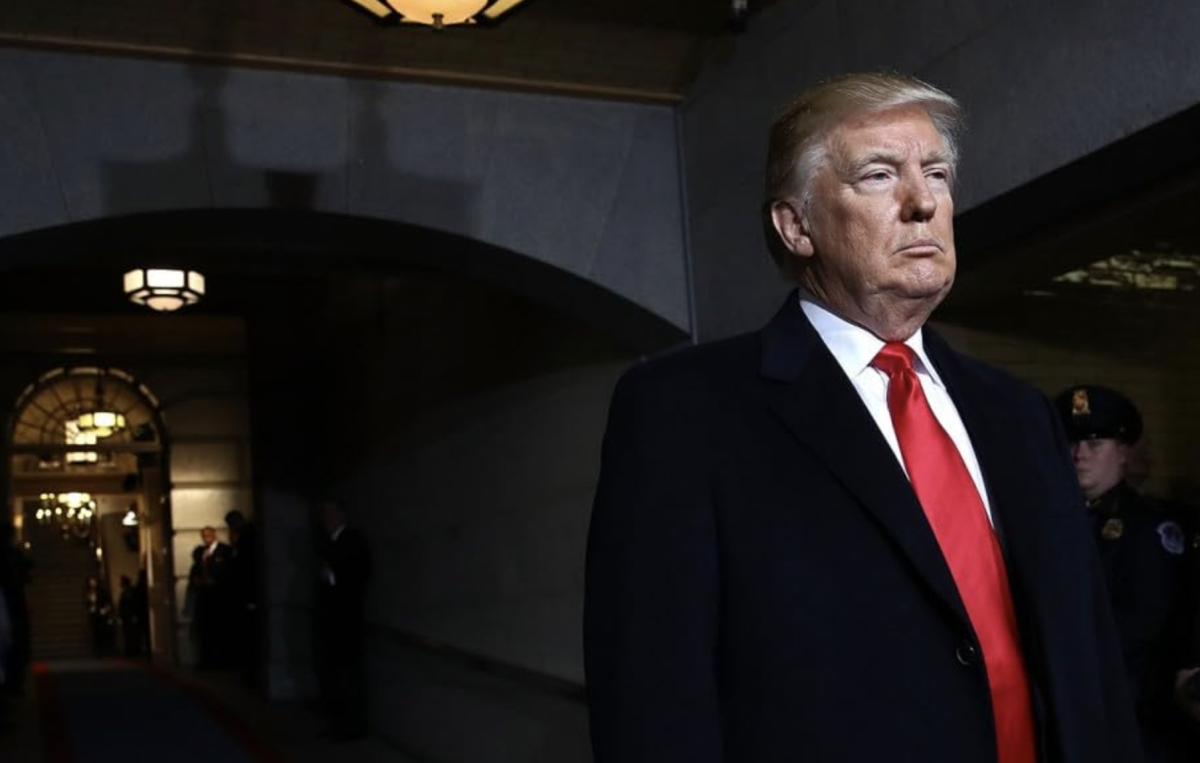
Universities across the country are facing stagnant or falling graduation rates, even as costs of education and student debt rates continue to climb. The University of Massachusetts, however, has bucked the trend and seen rising graduation rates in recent years.
According to an analysis of graduation statistics at almost 1,400 schools carried out by the Chronicle of Higher Education in an article published in December 2010, which counted first-time students who complete their degrees at a single college within six years of enrollment, graduation rates are falling at a third of four-year colleges. The statistic excludes transfer students, but according to the Chronicle, this is the primary means of measuring completion rates at colleges.
According to UMass’ Associate Director of Analytic Studies Alan McArdle, four-year graduation rates at the University have been rising for a while now. A chart from the Office of Institutional Research shows an increase in graduation rates from 49 percent of students enrolled in 2001 gradually up to 59 percent of students enrolled in 2007.
According to college completion data from the Chronicle of Higher Education, UMass has a freshman retention rate of 88.8 percent, putting it in the 91st percentile against all other four-year public colleges in the nation.
“High numbers there are a good thing,” said Associate Provost for Enrollment Management James Roche.
UMass has a 68.9 percent six-year graduation rate, which places it in the 88th percentile of U.S. public four-year colleges, according to the Chronicle’s statistics. UMass also has 52.4 percent of students graduating after four years, putting it in the 92nd percentile of four-year public institutions.
The Chronicle’s study also showed that compared to all public four-year colleges in Massachusetts, UMass has the highest percentage of students graduating after six years.
The study also revealed that UMass has a relatively low number of students receiving Pell grants – need-based grants provided by the government for low-income graduates – at 23.8 percent.
Associate Provost of Enrollment Management James Roche said “the comparison made needs to be put into perspective.”
“If you compare UMass Amherst, as the Commonwealth’s flagship campus, to the other flagship campuses, you’ll see we are above the midpoint on almost all the metrics offered. For example, on the Pell grant metric, we are 16th out of the 50 flagships. This would put us at 68 percent instead of 20 percent,” he said.
Despite UMass’ comparatively high numbers, withdrawals still have a major effect on students who do not complete their degrees.
One former UMass student, 20-year-old Andrew Smith, withdrew from the University after his fall 2011 semester.
Smith was a sophomore percussion performance major who felt that in the world of classical music, his creative freedom was restricted.
“It was just all very structured … I was just a little trapped and limited to what I could do musically, and I decided that I wanted to have my own voice more than anything else,” he said.
Smith also felt some dissonance with his fellow students in the department.
“I felt like a lot of the time we just didn’t really see eye-to-eye on certain things.”
Smith said that the school itself wasn’t making any sense, citing discontent with everything from his classes to the scenery.
“I got kind of a cold feeling from the whole thing.”
During his fall semester, Smith also felt separation anxiety from his family. He mentioned his grandfather’s illness, which worsened and led to his death in December.
“I decided it would be best if I came home.”
Mary Reines can be reached at [email protected].


















